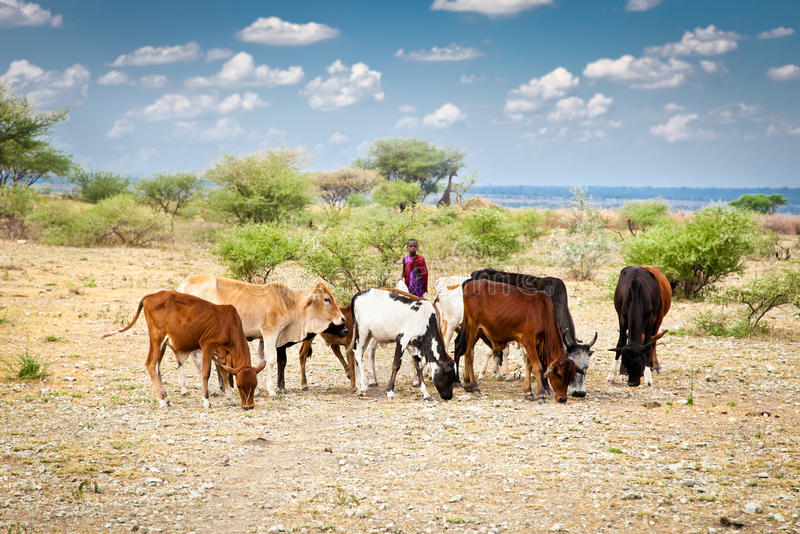University of Otago researchers are helping lead international studies which have discovered that exposure to cattle and rice farming are risk factors for the devastating disease leptospirosis in northern Tanzania.
Dr Michael Maze, from the University of Otago’s Centre for International Health, says the findings from two research papers, which have just been published in the scientific journal PLOS Neglected Tropical Diseases, have implications for potential control of leptospirosis in Africa.
Leptospirosis is transmitted from animals to people and affects more than 1 million people worldwide each year.
The infectious disease is a major cause of febrile illness and death in Africa, but little is known about risk factors for human infection. The bacteria that cause leptospirosis have their usual life cycle in animals; humans are infected as accidental hosts.
In Africa it is unknown which sources of leptospirosis are most responsible for human infection and what behaviours put people at risk of infection.
But one area of research has identified that cattle and in smaller numbers, goats and sheep, but not rodents, are commonly infected with pathogenic Leptospira infection. The other research focus has shown that exposure to cattle and rice farming are risk factors for contracting the disease.
Dr Maze has been based in Moshi, Tanzania, and is a lead investigator in the studies.
The studies are part of a larger collection of studies investigating zoonotic infections in Tanzania that are led by Professor John Crump, who is the Director of the University of Otago’s Centre for International Health, and involve Associate Professor Katrina Sharples, from the University of Otago’s Department of Medicine and researchers from the US, Tanzania and the UK.
The researchers investigated risk factors for the infectious disease among 1293 patients with fever attending hospitals in northern Tanzania between 2012 and 2014.
Their results identify associations between cattle contact and work in rice fields with acute leptospirosis.
Dr Maze says the findings indicate that cattle may be a source of human leptospirosis in the African country.
“Our findings suggest that control of Leptospira infection in livestock could play a role in preventing human leptospirosis in Africa.”
In a second study, the researchers tested rodents, cattle goats and sheep for Leptospira infection and found cattle had a high prevalence of infection (7 per cent), goats (1.2 per cent) and sheep (1.1 per cent). Among 384 trapped rodents, no animals were found to carry the infection.
The researchers have also identified work in rice fields is an important risk factor for human leptospirosis.
They say further investigation is needed to explore the potential for control of leptospirosis to prevent human illness.
Source: University of Otago












